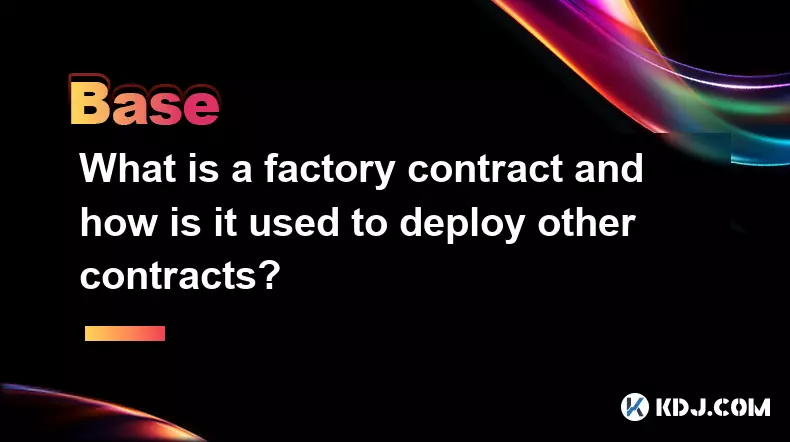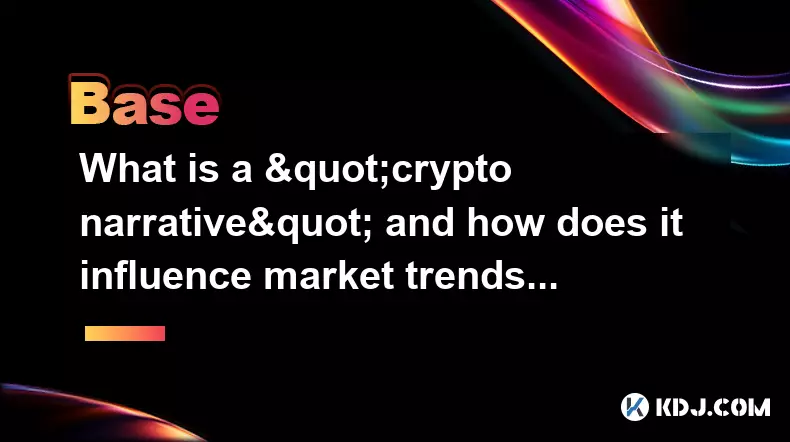-
 bitcoin
bitcoin $100977.009184 USD
-2.05% -
 ethereum
ethereum $3282.009150 USD
-3.23% -
 tether
tether $0.999813 USD
-0.02% -
 xrp
xrp $2.208254 USD
-4.89% -
 bnb
bnb $951.411089 USD
0.55% -
 solana
solana $155.761205 USD
-2.84% -
 usd-coin
usd-coin $1.000217 USD
0.02% -
 tron
tron $0.284475 USD
-1.28% -
 dogecoin
dogecoin $0.162363 USD
-1.53% -
 cardano
cardano $0.533988 USD
-0.47% -
 hyperliquid
hyperliquid $39.174339 USD
-3.22% -
 chainlink
chainlink $14.724828 USD
-1.16% -
 bitcoin-cash
bitcoin-cash $477.297986 USD
-1.28% -
 zcash
zcash $554.227426 USD
17.30% -
 ethena-usde
ethena-usde $0.998995 USD
-0.03%
What does "burning" a token mean?
Token burning permanently reduces supply by sending tokens to an unrecoverable address, increasing scarcity and potentially boosting value over time.
Nov 05, 2025 at 06:59 am

Understanding Token Burning in Cryptocurrency
1. In the cryptocurrency space, 'burning' a token refers to the process of permanently removing a certain number of tokens from circulation. This is achieved by sending those tokens to a non-retrievable wallet address—commonly known as a burn address or eater address. Once sent there, the tokens cannot be accessed or used again, effectively reducing the total supply.
2. Projects often implement token burns as part of their monetary policy to increase scarcity. By decreasing the available supply without altering demand, the value of the remaining tokens may rise over time. This mechanism mimics deflationary economic models and is frequently used by blockchain platforms aiming to stabilize or enhance investor confidence.
3. The act of burning is typically transparent and recorded on the blockchain. Anyone can verify the transaction using a blockchain explorer. This transparency helps build trust among users and investors, ensuring that the team behind a project isn't manipulating supply without disclosure.
4. Some networks automate token burning through smart contracts. For example, Binance periodically burns BNB tokens based on a formula tied to trading volume and other network metrics. These scheduled burns are announced in advance and contribute to long-term tokenomics planning.
5. Not all burns are equal in impact. The significance depends on the initial supply, the percentage burned, and market perception. A small burn of an already inflated supply might have negligible effects, whereas a large-scale burn of a tightly controlled token can shift market sentiment dramatically.
Purposes Behind Token Burns
1. One primary reason for burning tokens is to combat inflation. In ecosystems where new tokens are continuously minted, such as through staking rewards or mining, periodic burns help offset the increasing supply and maintain balance.
2. Projects may use burns to return value to holders. Instead of issuing dividends, which can be legally complex, teams opt to reduce supply so that each remaining token represents a larger share of the ecosystem’s equity.
3. During initial coin offerings (ICOs) or token launches, unsold tokens are often burned to demonstrate commitment to fairness and prevent insider dumping. This reassures investors that the team won’t flood the market later with extra tokens.
4. Some protocols tie burning to transaction fees. Ethereum's EIP-1559 introduced a base fee that is burned with every transaction, making ETH increasingly deflationary during periods of high network usage.
5. Burning can also serve as a consensus mechanism upgrade tool. In proof-of-burn systems, participants destroy coins to gain the right to mine or validate blocks, aligning incentives with long-term network health.
Real-World Examples of Token Burning
1. Binance's quarterly BNB burns are among the most well-known. The company commits to repurchasing and burning BNB until 50% of the total supply is eliminated. These events are highly anticipated and often lead to short-term price surges.
2. Ripple once burned over 1 billion XRP in a single transaction. While controversial due to the centralization concerns it raised, the move was intended to signal long-term strategy and control over supply distribution.
3. Shiba Inu gained attention when Ethereum co-founder Vitalik Buterin burned over 40% of the SHIB supply, effectively removing trillions of tokens from circulation. This act significantly influenced market dynamics and community trust.
4. Newer DeFi projects incorporate automatic burn mechanisms into their token contracts. For instance, a portion of every trade on certain exchanges gets routed to burn wallets, creating continuous supply reduction linked directly to user activity.
5. GameFi and NFT-based platforms use burning to recycle in-game currency or retire obsolete assets. Players might burn tokens to craft rare items or unlock features, integrating economic design with gameplay mechanics.
How Token Burns Affect Market Dynamics
1. Announcements of upcoming burns often trigger speculative buying, as traders anticipate reduced supply and potential price appreciation. Markets react swiftly to such news, especially if the burn represents a substantial portion of circulating tokens.
2. Regular burns can foster long-term holding behavior. Investors may choose to HODL rather than sell, expecting future scarcity to drive up value. This reduces selling pressure and contributes to price stability.
3. However, burns alone do not guarantee success. If a project lacks utility, adoption, or strong fundamentals, even aggressive burning strategies may fail to sustain price growth.
4. Excessive or poorly communicated burns can backfire. Communities may perceive them as manipulative tactics if they appear designed solely to pump prices without underlying improvements.
5. Regulatory scrutiny around token burns is growing. Authorities examine whether these actions constitute market manipulation or unregistered securities activities, particularly when conducted by centralized entities.
Frequently Asked Questions
Q: Can burned tokens ever be recovered?A: No. Burned tokens are sent to addresses with no private keys, making retrieval impossible. The removal is permanent and verifiable on the blockchain.
Q: Who decides to burn tokens in a project?A: Typically, the core development team or governing body makes the decision. In decentralized organizations, proposals may require community voting via DAO mechanisms.
Q: Does burning tokens always increase their price?A: Not necessarily. While reduced supply can create upward pressure, external factors like market sentiment, regulatory news, and overall crypto trends play significant roles in pricing.
Q: Are there risks associated with token burning?A: Yes. If a large stakeholder burns a massive amount suddenly, it could distort perceptions of supply health. Additionally, reliance on burns without real-world utility can make a token vulnerable to collapse once hype fades.
Disclaimer:info@kdj.com
The information provided is not trading advice. kdj.com does not assume any responsibility for any investments made based on the information provided in this article. Cryptocurrencies are highly volatile and it is highly recommended that you invest with caution after thorough research!
If you believe that the content used on this website infringes your copyright, please contact us immediately (info@kdj.com) and we will delete it promptly.
- BlockDAG, Avalanche, Dogecoin: Crypto's Leading Trio in 2025
- 2025-11-07 22:05:01
- Layer 2 Coins: Will There Be a Potential Explosion by 2026?
- 2025-11-07 16:50:02
- Filecoin, ICP, and the AI Infrastructure Renaissance: Is History Repeating?
- 2025-11-07 16:50:02
- Bitcoin's Wild Ride: Surges, Zeros, and the Search for Stability
- 2025-11-07 17:05:01
- XRP, Bitcoin, and the Rally: What's the Deal, New York?
- 2025-11-07 17:25:01
- Filecoin, DePIN, and a Technical Breakout: What's the Buzz?
- 2025-11-07 17:05:01
Related knowledge

How does a crypto insurance protocol work?
Nov 08,2025 at 12:39am
Understanding Crypto Insurance Protocols1. A crypto insurance protocol operates by offering financial protection against losses incurred from digital ...

What is a decentralized storage network and how does it compare to cloud services?
Nov 07,2025 at 11:59pm
Understanding Decentralized Storage Networks1. A decentralized storage network distributes data across a peer-to-peer infrastructure rather than relyi...

What is a factory contract and how is it used to deploy other contracts?
Nov 08,2025 at 04:20am
Understanding Factory Contracts in Blockchain Development1. A factory contract is a smart contract designed to create and deploy other smart contracts...

What is a "crypto narrative" and how does it influence market trends?
Nov 08,2025 at 07:00am
Understanding the Concept of a Crypto Narrative1. A crypto narrative refers to the collective belief or story that emerges within the cryptocurrency c...

What is an address poisoning scam and how can you prevent it?
Nov 08,2025 at 02:20am
Understanding Address Poisoning Scams in the Crypto Space1. An address poisoning scam is a deceptive tactic used by malicious actors within the crypto...

What is the difference between a rollup and a validium for scaling?
Nov 08,2025 at 06:40am
Understanding Rollups in Blockchain Scaling1. Rollups are layer-2 scaling solutions that process transactions off the main blockchain while posting tr...

How does a crypto insurance protocol work?
Nov 08,2025 at 12:39am
Understanding Crypto Insurance Protocols1. A crypto insurance protocol operates by offering financial protection against losses incurred from digital ...

What is a decentralized storage network and how does it compare to cloud services?
Nov 07,2025 at 11:59pm
Understanding Decentralized Storage Networks1. A decentralized storage network distributes data across a peer-to-peer infrastructure rather than relyi...

What is a factory contract and how is it used to deploy other contracts?
Nov 08,2025 at 04:20am
Understanding Factory Contracts in Blockchain Development1. A factory contract is a smart contract designed to create and deploy other smart contracts...

What is a "crypto narrative" and how does it influence market trends?
Nov 08,2025 at 07:00am
Understanding the Concept of a Crypto Narrative1. A crypto narrative refers to the collective belief or story that emerges within the cryptocurrency c...

What is an address poisoning scam and how can you prevent it?
Nov 08,2025 at 02:20am
Understanding Address Poisoning Scams in the Crypto Space1. An address poisoning scam is a deceptive tactic used by malicious actors within the crypto...

What is the difference between a rollup and a validium for scaling?
Nov 08,2025 at 06:40am
Understanding Rollups in Blockchain Scaling1. Rollups are layer-2 scaling solutions that process transactions off the main blockchain while posting tr...
See all articles





















![The Graph Price Prediction [GRT Crypto Price News Today] The Graph Price Prediction [GRT Crypto Price News Today]](/uploads/2025/11/07/cryptocurrencies-news/videos/690d4df44fe69_image_500_375.webp)



















































